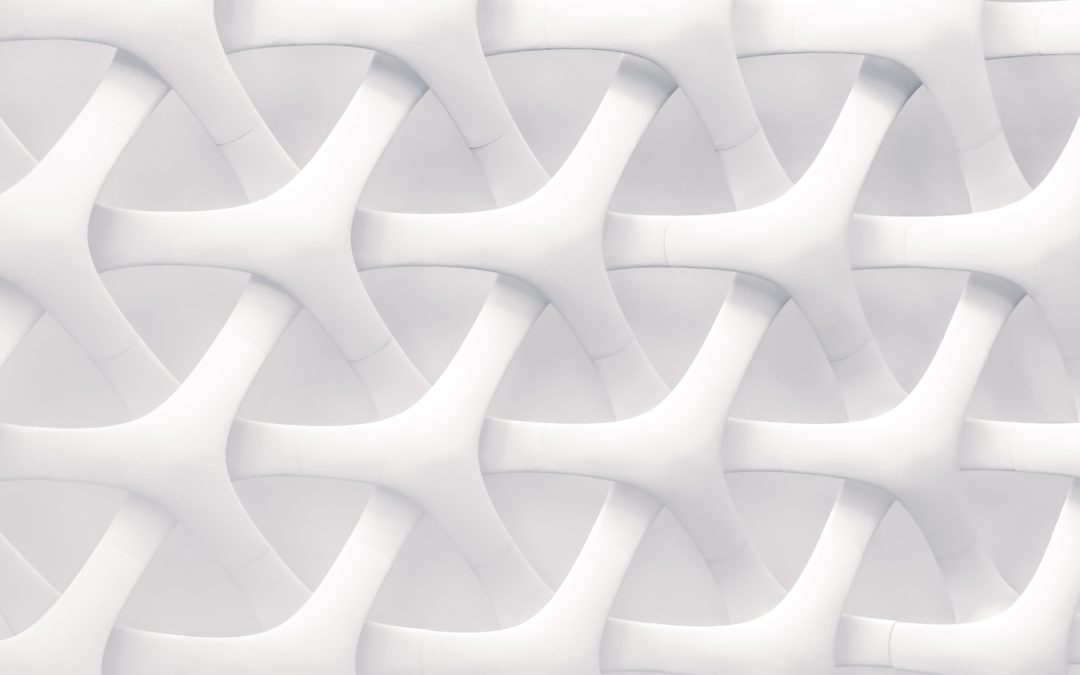The Fascial Manipulation Method is a publication featuring actual case reports. This publication is dedicated to the deepening our understanding of the common dysfunctions we encounter in our clinical practice, how they present and how they can be treated with Fascial Manipulation. Professionals tell us their cases, accurately describing the patients symptomatology, the working plan they have chosen and the results obtained due to the treatment. The names of the patients have been modified for privacy reasons
Clinician: Martini Miriam
Patient’s name: Valentina
Age: 22 years old (1998)
Profession: student
Hobby/Sport: jogging and walking
The patient presents with pain on the right side of the neck which is more evident during the night. She also reports that the pain symptoms worsen in the sitting position, especially if this position is maintained over time and, further, that when she is without glasses, there is an increase in pain along with a feeling of fatigue.
The pain in the neck has been present for about a month, but was felt previously, in 2018. She also reports that, in conjunction with the onset of neck symptoms, she feels chest pain on the right. It should be emphasised that chest discomfort occurs in conjunction with flare-ups of neck pain.
Since 2017 she has suffered from recurrent cystitis, which can be considered as a possible cause of pain in the more cephalad segments.
Motor verification reveals:
- Neck pain in the right caused by external rotation to the left
- Pelvis anteversion is limited
- LU right rotation limited
Using palpation verification, I evaluate colli (SiPa) and pelv (PnPrev) segments. Note the most significant points were: AN-ME CL (right) and RE-LA CL (right) and RE-LA PV (bilaterally).
We therefore begin by treating the RE-LA diagonal.
The following points were treated:
- RE-LA CL bilaterally
- RE-LA SC 2 right
- AN-ME SC 1 left
- AN-ME CL right
- RE-LA PV 1 bilaterally
- AN-ME PV 3 left
At the end of the treatment, the motor verification is performed again. The patient reports that the pain in the neck no longer occurs in rotation to the left while the anteversion of the pelvis and the rotation of the hips to the right are less limited.

